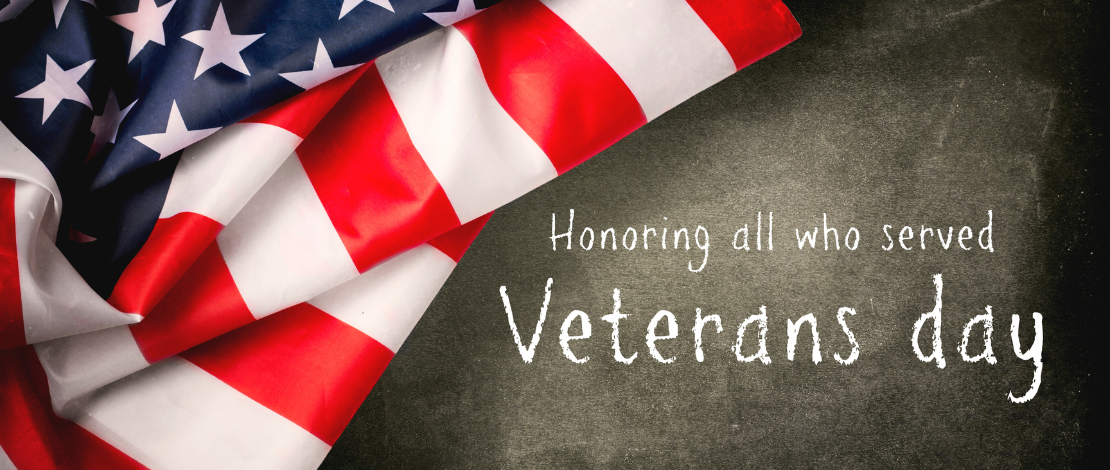Hanukkah, also known as the Festival of Lights, is an eight-day Jewish holiday that celebrates resilience, hope, and the triumph of light over darkness. In 2025, Hanukkah begins at sundown on Sunday, December 14 and ends at nightfall on Monday, December 22.
At its heart, Hanukkah commemorates the rededication of the Second Temple in Jerusalem and the miracle of the oil that burned for eight nights when there was only enough for one. Families traditionally light the menorah each evening, adding one candle at a time, and enjoy festive foods like latkes (potato pancakes) and sufganiyot (jelly-filled doughnuts). Games of dreidel and the exchange of small gifts also play a part in the celebrations.
Why Hanukkah Matters at Work
Recognizing Hanukkah in the workplace shows respect for cultural and religious diversity, fosters inclusion, and helps create a work environment where people feel valued for who they are. The holiday’s themes of perseverance, light, and community are universal—and align well with many organizations’ values.
Ways to Celebrate Hanukkah at Work
- Share the Story and Symbols
- Host a short lunchtime presentation (or share an internal newsletter article) explaining the meaning of Hanukkah, including the menorah, dreidel, and holiday foods.
- Invite employees who celebrate to share their traditions—if they’re comfortable doing so.
- Add a Little Light
- Create a “Festival of Lights” display in a common area with electric menorahs or other festive, workplace-appropriate décor.
- If your organization decorates for the holidays, ensure Hanukkah is represented alongside other seasonal celebrations.
- Food Brings People Together
- Offer a Hanukkah-inspired treat in the break room, like latkes or sufganiyot.
- Share recipes so employees can try making them at home.
- Incorporate Inclusive Scheduling
- Be mindful that employees observing Hanukkah may have evening commitments for candle lighting and family gatherings.
- Adjust schedules or meeting times, when possible, to show support.
- Spread the Warmth
- Encourage team members to share acts of kindness throughout the eight days—mirroring the holiday’s themes of generosity and community.
A Final Thought
Hanukkah is a celebration of light, hope, and faith against the odds. By acknowledging it in our workplaces, we not only honor our colleagues who observe the holiday—we also remind ourselves that even in challenging times, small acts of light can have a big impact.
This season, let’s keep the lights of respect, understanding, and connection burning bright—long after the menorah’s candles have gone out.










